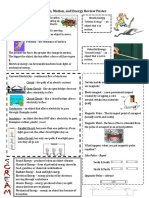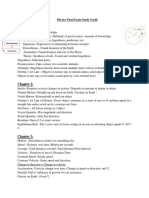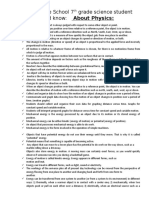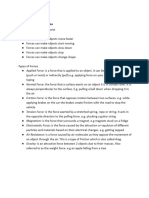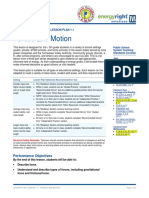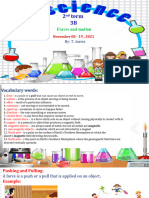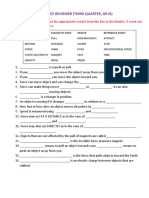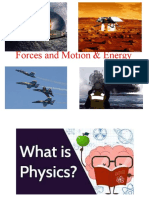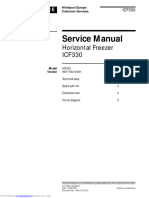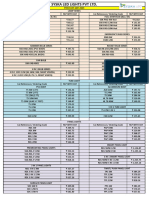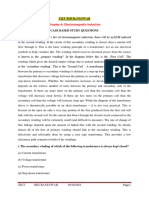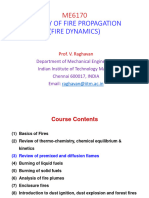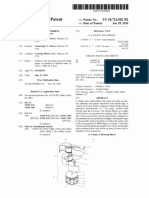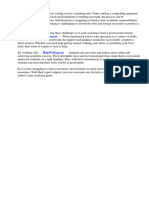0% found this document useful (0 votes)
52 views4 pagesScience Study Notes - (Forces and Energy)
The document provides an overview of forces and energy, defining key concepts such as force, types of forces (contact and non-contact), and the effects of forces on objects. It also explains the nature of magnets, types of magnets, energy definitions, types of energy, energy transformations, and the distinction between weight and mass. Additionally, it covers heat energy, methods of heat transfer, and the characteristics of conductors and insulators.
Uploaded by
judy.awwadCopyright
© © All Rights Reserved
We take content rights seriously. If you suspect this is your content, claim it here.
Available Formats
Download as PDF, TXT or read online on Scribd
0% found this document useful (0 votes)
52 views4 pagesScience Study Notes - (Forces and Energy)
The document provides an overview of forces and energy, defining key concepts such as force, types of forces (contact and non-contact), and the effects of forces on objects. It also explains the nature of magnets, types of magnets, energy definitions, types of energy, energy transformations, and the distinction between weight and mass. Additionally, it covers heat energy, methods of heat transfer, and the characteristics of conductors and insulators.
Uploaded by
judy.awwadCopyright
© © All Rights Reserved
We take content rights seriously. If you suspect this is your content, claim it here.
Available Formats
Download as PDF, TXT or read online on Scribd
/ 4
